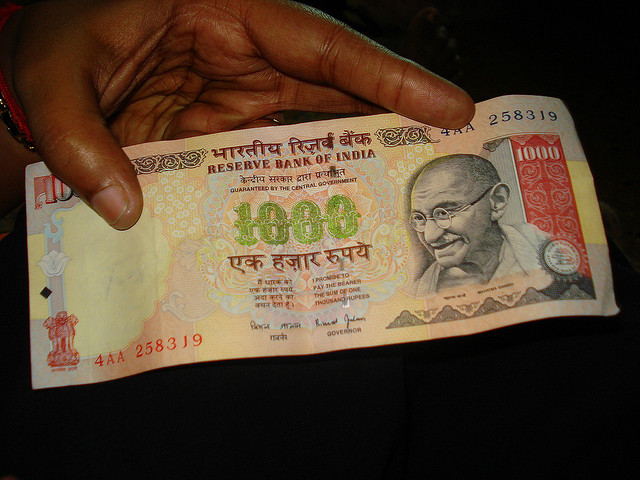
BANGALORE: On an average, each rural Indian spends about Rs1,430 every month, while an urbanite spends Rs 2,630 per month, 84% higher compared to a rural person.
For the average rural Indian, the expenditure on food (Rs 756 or 52.9%) is more than the non-food (Rs 673). In case of urbanites, it is the opposite. They spend Rs 1,121 on food (42.6%) and Rs 1,509 on non-food.
These are the findings of the 68th Round survey by the National Sample Survey Office (NSSO), Ministry of Statistics and Programme Implementation. (See box for details).
In rural India, the highest spending is on — cereals and cereal substitutes (Rs 154); milk and milk products (Rs 115); beverages, refreshments and processed food (Rs 113); fuel and light (Rs 114); clothing and footwear (Rs 100).
In urban areas, besides food, the spending is more on education, conveyance, rent and entertainment. In urban India, the highest spending is on — beverages, refreshments and processed food (Rs 236); cereals and cereal substitutes (Rs 175); milk and milk products (Rs 184); fuel and light (Rs 176); clothing and footwear (Rs 167); education (Rs 182); conveyance (Rs 171); rent (Rs 164); miscellaneous goods and entertainment (Rs 152).
In the last 18 years, when compared with the total consumer expenditure, the expenditure on food has declined, both in urban and rural areas. In rural India, it has gone down from 63.2% in 1993-94 to 48.6% in 2011-12. In case of urban areas, it has declined from 54.7% to 38.5% during that period.
The share of food has declined by nearly 15% points to 48.6% in the rural sector and about 16% points to 38.5% in the urban sector over the 18-year period. In the two years prior to 2011-12, the share of food has fallen by 5% points in rural India and about 2% points in urban India.
In the rural sector, average share of food at the state level was 57% or more in five states – Assam(61%), Bihar (59%), Jharkhand and West Bengal (58%) and Odisha (57%). Kerala (43%) and Punjab (44%) are the major states with the lowest food shares for the rural sector.
State-level averages of share of cereals in consumer expenditure varied from 5% to 20% in rural India and from under 4% to 18% in urban India. Except for the southern states, the share is higher in states where rice is the major cereal consumed.
The share of most of the food item groups in total consumption expenditure was higher in rural India than in urban India, fruits and processed food are exceptions.
The most noticeable rural-urban differences were in case of cereals (urban share – 6.7%; rural share – 10.8%), rent (urban – 6.2%; rural – 0.5%) and education (urban – 7%; rural 3.5%).
In the last 18 years, cereals have registered the largest decline in share among all the item groups, from 24% to 12% in rural India and from 14% to 7% in urban India. Except for beverages, none of the food groups show any noticeable increase in share, and some of them show a distinct fall.
During the 18 year period, the share of durables has increased from about 3% to 6% of expenditure both in urban and rural sectors. The share of fuel and light shows a rise of about 2 percentage points in the rural sector and 1 percentage points in the urban. The ‘miscellaneous goods and services” (including education and medical care) has grown the most, from 17% of total expenditure in 1993-94 to 26% in 2011-12 in rural India and from 27.5% to nearly 40% in urban India.
In urban India, the most prominent increases in share since 2004-05 appear to have taken place in case of rent ( over 1 percentage point) and conveyance (one percentage point). The share of education is rising steadily in both sectors, though at a slower pace. In the rural areas, the share of conveyance has risen by 1 percentage point, consumer services by one percentage point and the share of entertainment, though much smaller, is rising rapidly.
Source: Times of India






